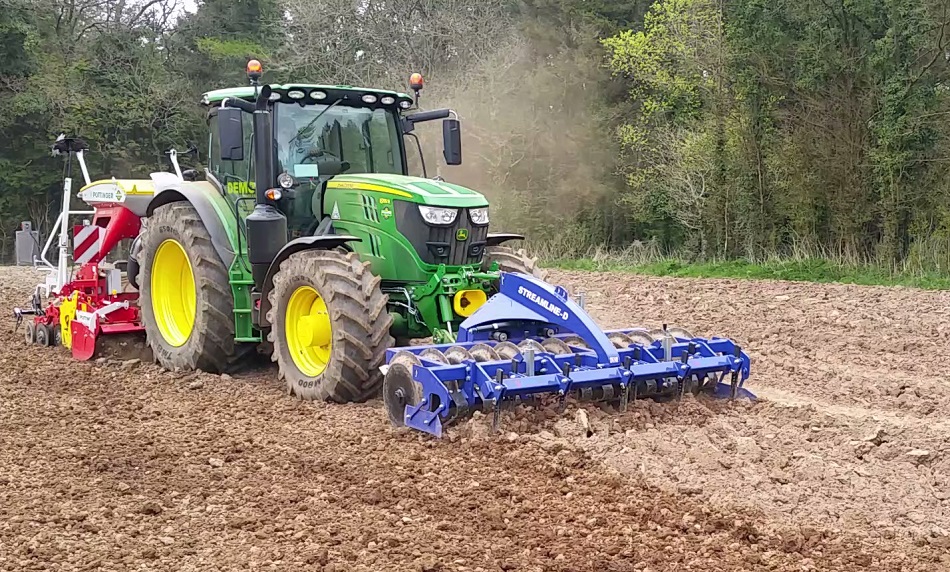
Whilst non-inversion cultivation practices such as min-till, no-till and direct drilling have found increasing favour in recent years, ploughing remains the preferred option on a large number of farms across the UK and Ireland. Whilst it could be viewed as conventional cultivation, it would be wrong to label those farmers who continue to plough their fields solely as ‘traditionalists’. In fact, for many farmers and especially those working on medium to heavy soils or who face a constant battle with black-grass, ploughing makes perfect sense.
The plough buries weed seeds below emergence depth which makes it a highly effective tool in the fight against black-grass. For this reason alone, many min-till proponents reverted to rotational ploughing to reduce their black-grass burden. Ploughing also enhances the biological breakdown of residual herbicides, mineralises nutrients for availability in the following crop and is capable of operation in wetter conditions than other systems.
Perhaps the main criticism levelled at ploughing is that it can create a compacted layer below ploughing depth. However, experienced operators avoid this problem by varying the ploughing depth between years. Modern ploughs have shares that are more than capable of dealing with shallow or deeper working depths and toolbars that practically guarantee a straw-free surface.
Seedbed creation and drilling in one pass
One of the key advantages of ploughing is that it leaves a residue-free surface and loosened soil in which a seedbed can be created and a new crop established. And for those who want to sow straight into ploughed ground, running a front-mounted press ahead of the drill remains the most popular set-up.
It’s an approach that offers a number of important benefits, not least the savings in time and cost achieved by reducing the number of passes required for seedbed preparation and drilling.
Another major plus is the counterbalancing effect, which helps to improve weight distribution and cornering at headlands for those running a combi drill. In addition, pressing the soil ahead of the tractor reduces the depth of wheelings, so the rear cultivator can be run shallower – a fact that was a major driver in the design of the Lynx Streamline D press.
The Streamline D carries a choice of sprung or shear-bolt protected rigid tines to suit ground conditions and paddles ahead of the heavy-duty 700mm DD press wheels. The DD rings combine a wide shoulder and a sharp cutting edge to both cultivate and consolidate and the DD profile provides a degree of flotation to maintain a consistent depth. The working depth of both paddles and tines can be adjusted in sections, and the press also comes with a steering system on all models. For tractors guided by GPS, a coil-over-shock arrangement on the steering headstock can be specified for faster steering reaction of the front press.
Meanwhile the Streamline D’s simpler sibling, the Streamline C press, features either cast rings or shouldered press rings. Set at 45°, the cast rings provide general packing for light to medium land while shouldered press rings provide more surface packing on a wider variety of soil types. Here too, tine choices include two rows of sprung tines or rigid leading tines. An angle adjustable levelling board is also available.
Both C and D variants of the Streamline front press are available in working widths ranging from 1.5 to 6 metres and hydraulic folding is available as an option on all models 3 metres and over.